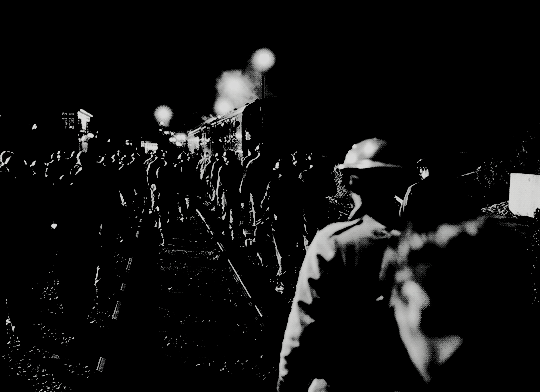HISTORY OF PTSD

EARLY DAYS
Before the conceptualization of the condition within international ranks, Spanish physicians were the first to identify the disorder. In 1678, Swiss military physicians documented symptoms of PTSD, describing it as "nostalgia" and listing the markers of the condition as melancholy, incessant thinking of home, disturbed sleep or insomnia, weakness, loss of appetite, anxiety, cardiac palpitations, stupor, and fever.
By the 1700s, as psychology advanced, physicians began to clearly delineate the condition which would eventually become known in modern contexts as PTSD.
Dominique Jean Larrey, a prominent French surgeon, described the disorder as having three stages: “heightened excitement and imagination,” “period of fever and prominent gastrointestinal symptoms,” and “frustration and depression”.

WORLD WAR 1
The tumultuous early 1900s saw a prevalence of "shellshocked" soldiers across war zones. Treatment of the condition on the frontlines was brief and scholarly insight was lacking, although scientific discourse on the matter was extensive. Freudian contributions were observed in this era, with the rise of stress theories and cathartic, psychoanalytic treatments.
WORLD WAR 2
Psychiatric casualty rates at this time were staggering. In fact, so many soldiers were affected that psychiatrists were confronted with the reality that psychological weakness had little to do with subsequent distress in combat. Thus, terminology changed from “combat neurosis” to “combat exhaustion". Although psychiatrists were advancing in their understanding of war trauma, combat exhaustion was not universally accepted.

POST WORLD WAR 2
After WWII, questions arose regarding the role of biology in soldiers’ psychological distress. A disease-based model was proposed and psychiatric medications became more common. Unfortunately, this conceptualization of PTSD led to a great deal of stigmatization, because if biological factors were the sole cause of the development of these symptoms, then afflicted soldiers could be considered as “physiologically weak” or “constitutionally disordered." Yet as psychology became more integrated with medicine, it became clear that PTSD was far more complex than the medical model or psychosomatic explanations would indicate.


